What to eat and drink in Norway
Ålesund and Geiranger, two places filled with breathtaking views, stunning scenery and dedicated artisans making incredible food. Heine Johansen finds the best on offer
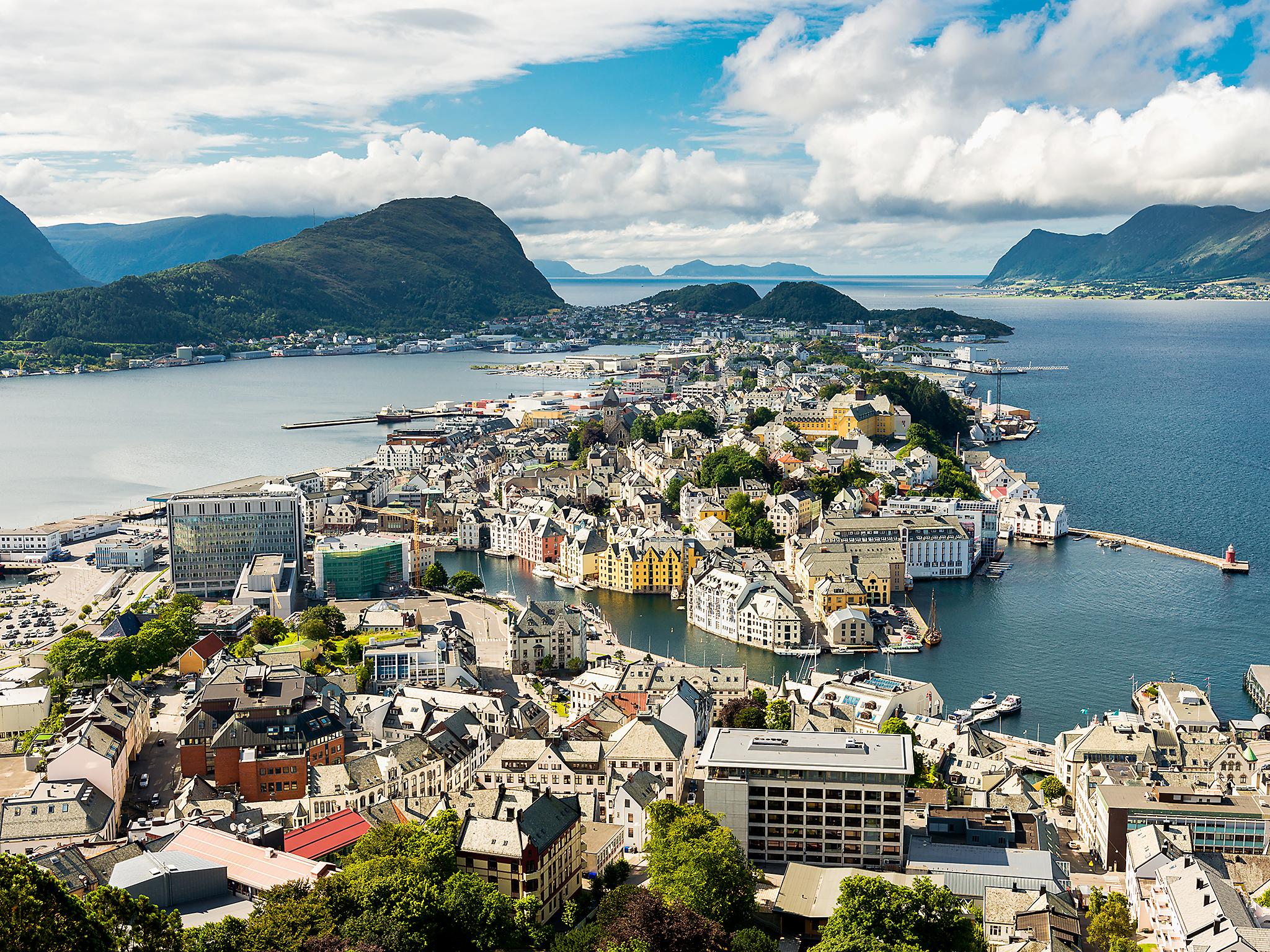
The journey from the town of Ålesund to the village of Geiranger takes in what is perhaps the epicentre of the iconic fjords of western Norway.
The fjord landscapes are quite literally the stuff of legend: they have given life to great parts of the Norwegian traditional folklore, describing the dramatic waterfalls, the high-rising mountain walls and the icy-blue deep fjords. Ålesund has long been the gateway to these fjords.
A port built on fishing and commerce, it is the largest fishing harbour in Norway and home to the best of the country’s renowned seafood. But it is also built on the ashes of a great catastrophe.
Ålesund – the town that burned
You wouldn’t know it to look at the beautiful architecture today but the town wasn’t always so picturesque. In 1904 a fire spread throughout the streets, destroying 850 houses and leaving most of Ålesund in ruins. It proved to be one of the worst fires in Norway’s history.
As the restoration of the city started, aid arrived from all over the country – but it was German emperor Wilhelm II’s love for the area that helped the most. He’d fallen in love with western Norway years earlier and having visited the city many times, donated large amounts of money and resources to help rebuild the city. Every house was rebuilt with its own individual identity, which is why Ålesund today is considered one of the most important Art Nouveau-style cities in the world. Now the islands, canals and architecture of the city make it one of the most beautiful in Norway.
Geiranger – fjord filled with food
The Geiranger fjord is home to some of Norway’s finest food producers. While the area boasts only a small community, people here are clearly inspired by the beautiful surroundings in making artisan products.
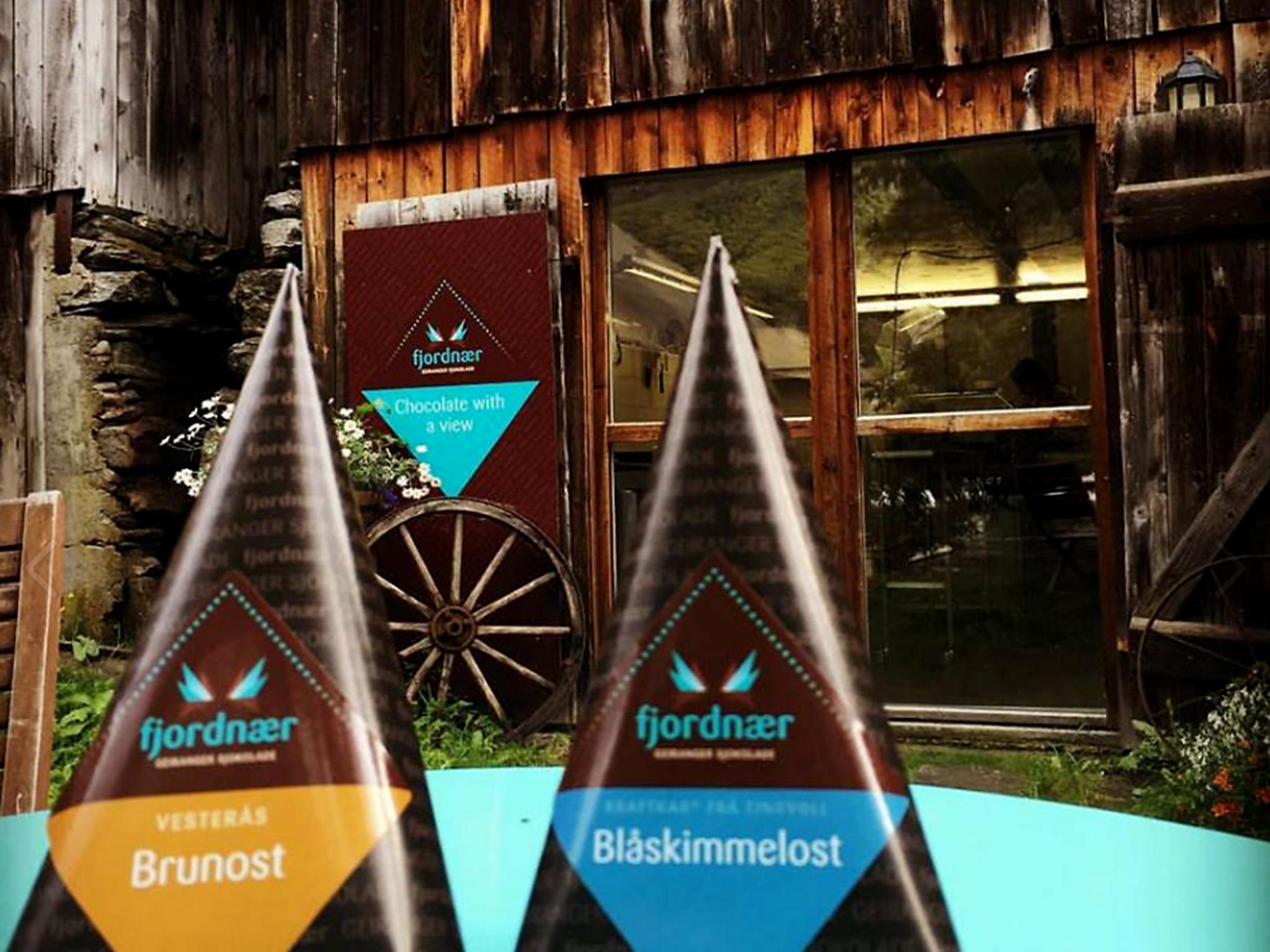
Buy chocolate made in an old boathouse in Geiranger
Chocolate shop Geiranger Sjokolade makes handmade artisan chocolates focusing on local ingredients. Go to its café and taste the incredible creations, or call owner Bengt and ask to book a tour of its production cellar and tasting. Its hot chocolate is excellent, and the more adventurous can try the unique brown cheese chocolate truffles.
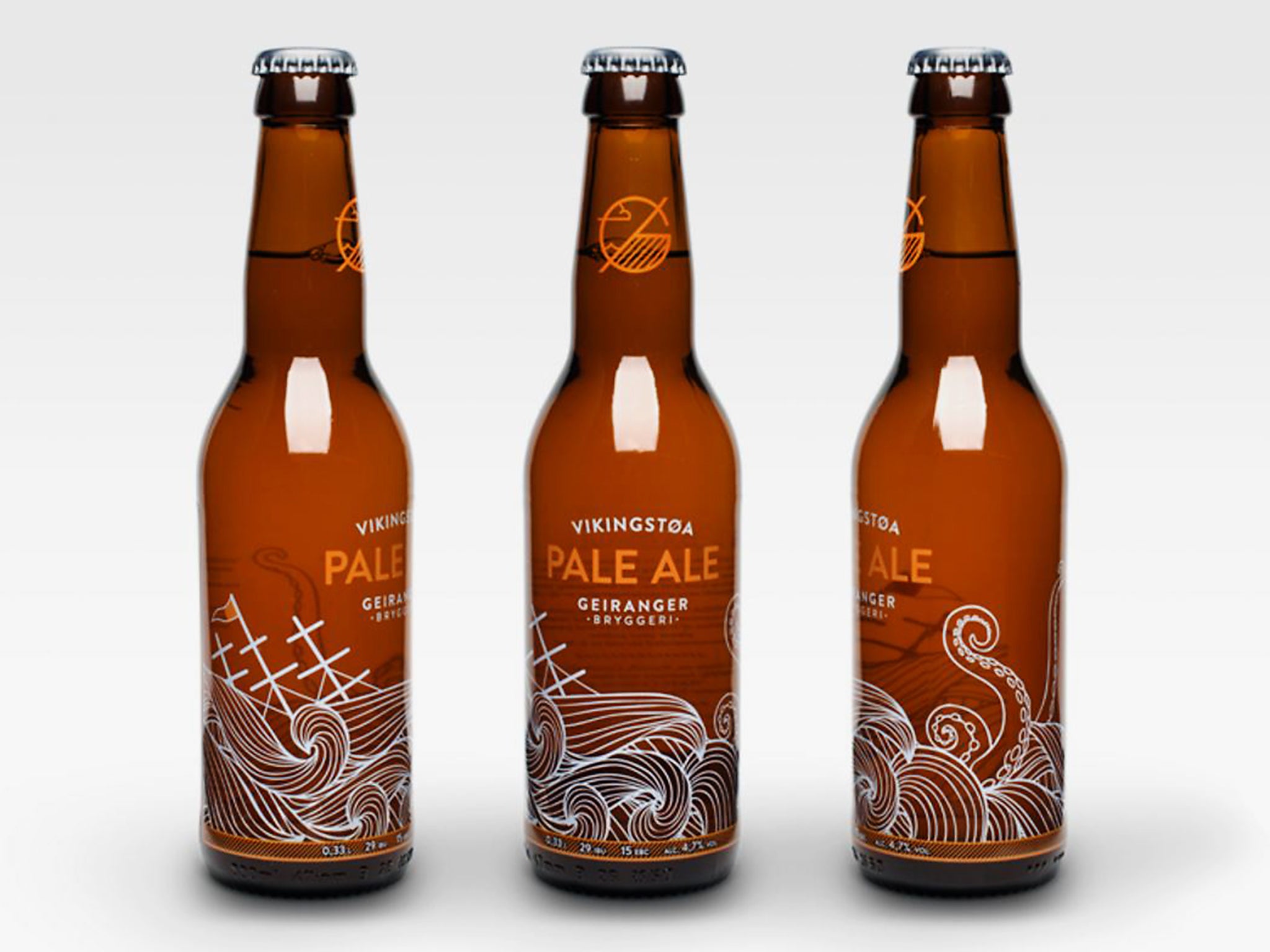
Sip the local brew
The Geiranger Brewery was started only two years ago, but is already becoming a favourite with drinkers in Norway’s thriving craft beer community. Get a taste of its beers in Brasserie Posten, Hotel Union or Stranda Hotell. Its Vikingstøa pale ale was judged to be among the 10 best beers in Norway in 2016 and is well worth a try.
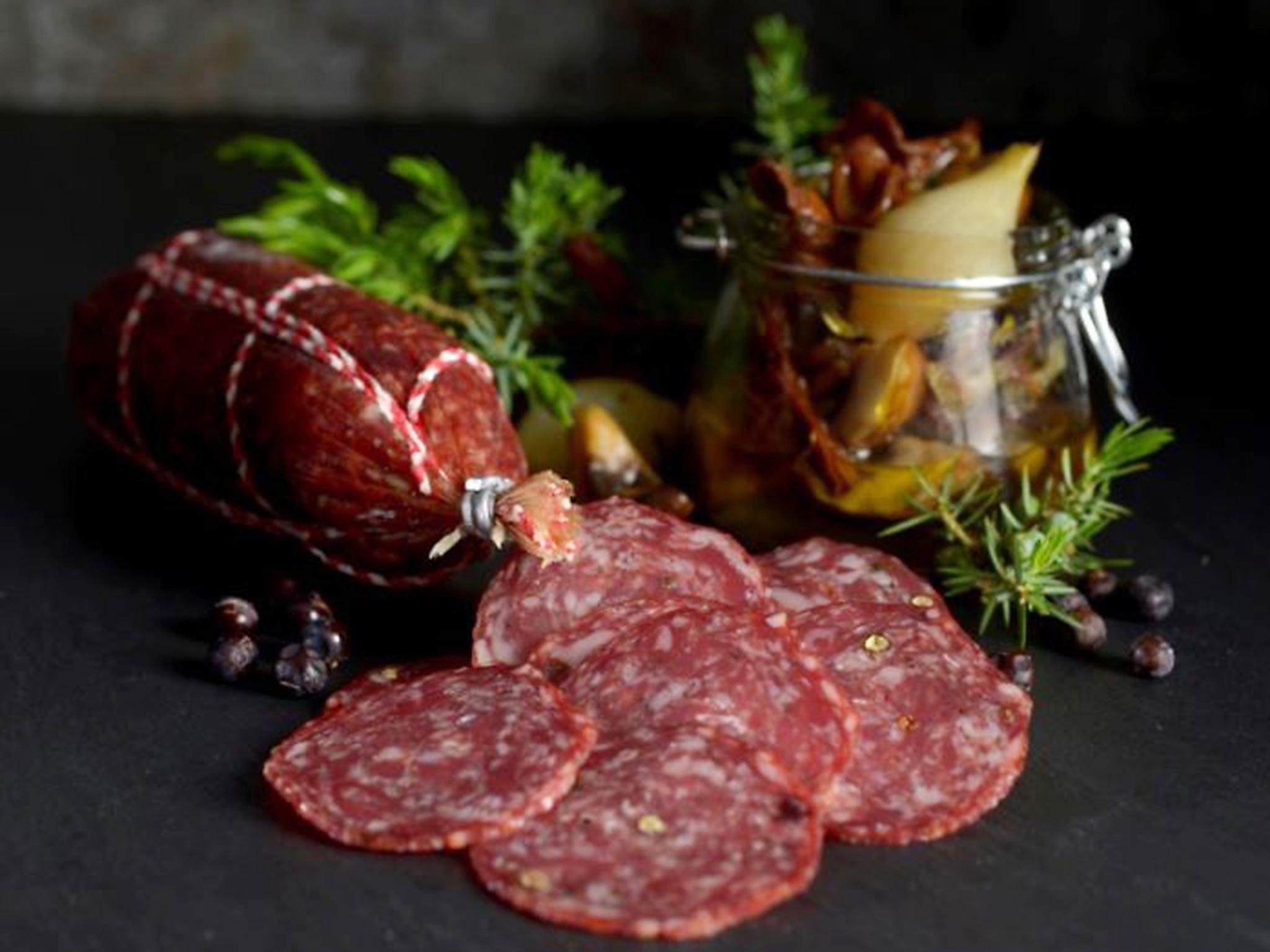
Sample the cured meats
Tind Spekemat is one of the best cured meat producers in Norway, relying both on old Norwegian traditions and international inspiration. Its factory is located in Stranda, just outside of the village of Geiranger.
Buy different delicacies from the local shops along with some simple bread, and have a feast. Be sure to buy enough to bring back home – the reindeer and blackberry cured sausage is so good you’ll want to share it with everyone you can.
Forage for fruits and vegetables in the countryside
Going to Geiranger, you’re a long way from urban city life. There’s a wealth of fruit and vegetables to pick in the forest during summer and harvest time, and several of the mountain farms have been abandoned for decades, leaving behind a wealth of fruit trees and other edible plants. Nothing tastes better than Norwegian blueberries straight from the bush.
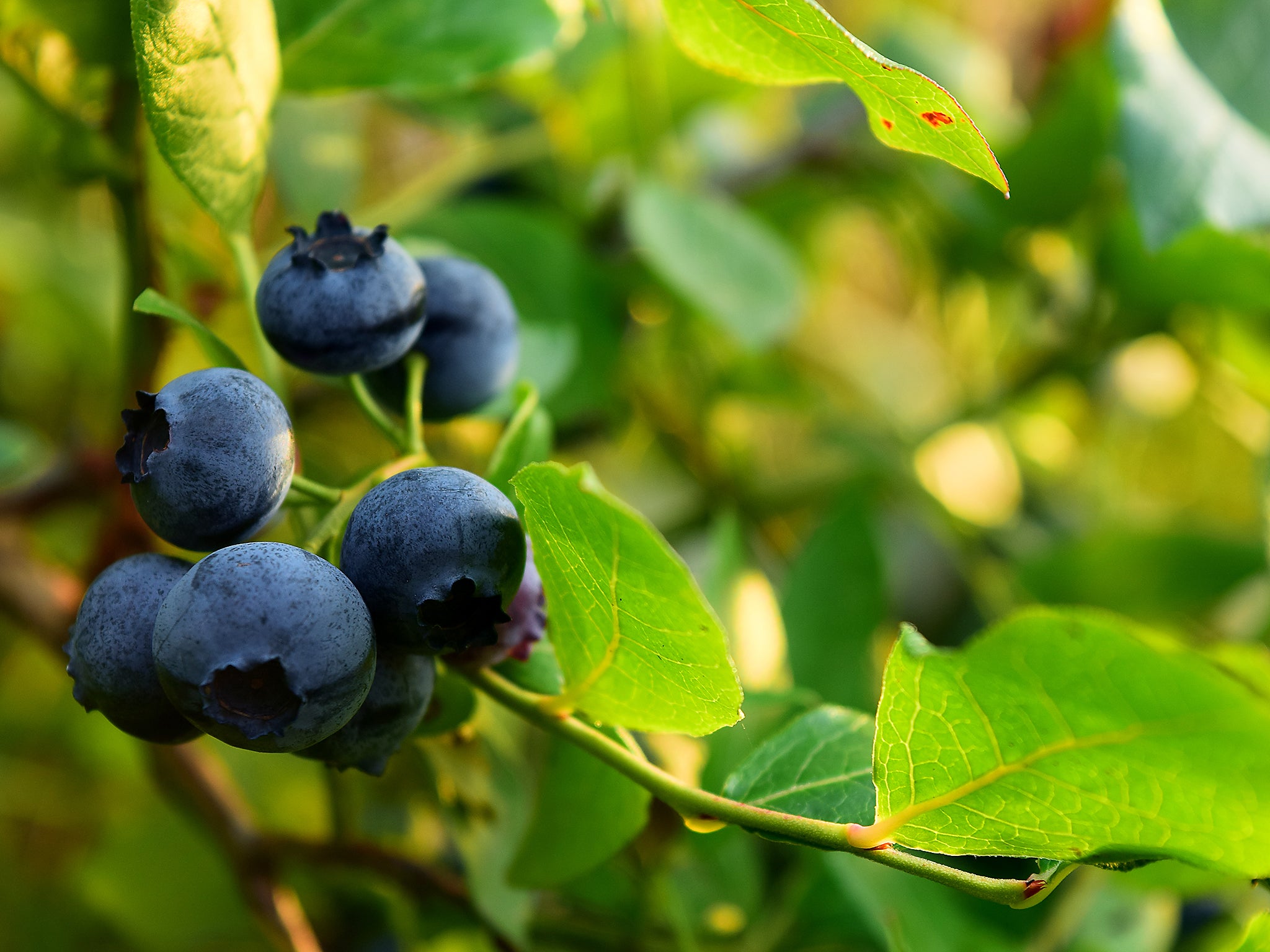
Still have time to spare?
Visit Jacu Coffee Roastery for a taste of Ålesund’s rich café culture and some of the best coffee in all of Norway. The finest beans from Ethiopia, Kenya and Honduras are roasted daily on-site, before being expertly brewed by a team of internationally acclaimed baristas.
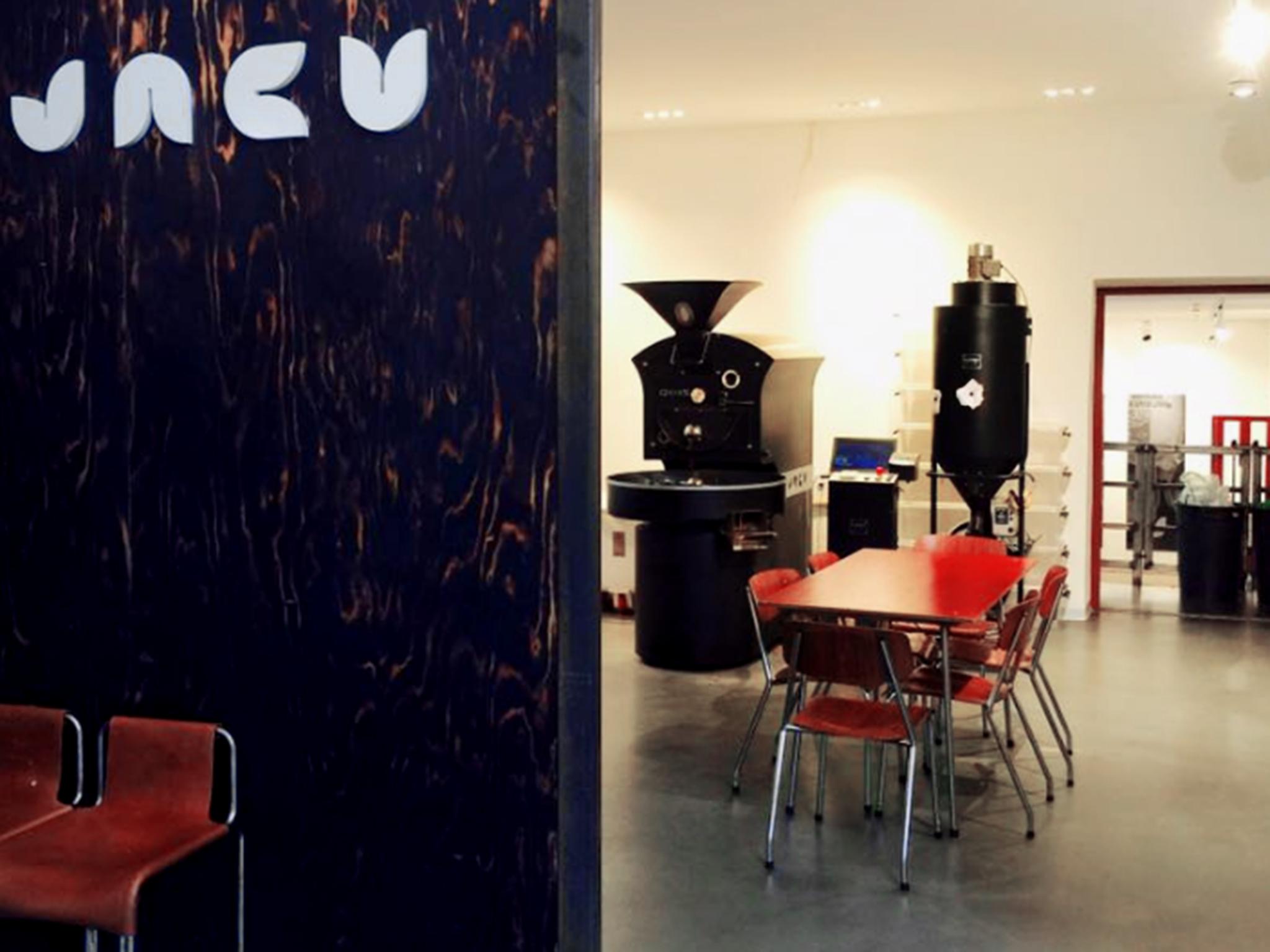
Catch a show at Teaterfabrikken, an old fish factory-turned-theatre which serves great food with views out of the Norwegian coast. The dining room alone is popular with locals seeking a good meal, and the programme of events encompasses stand-up, live music and performances from local playwrights.
Recipes
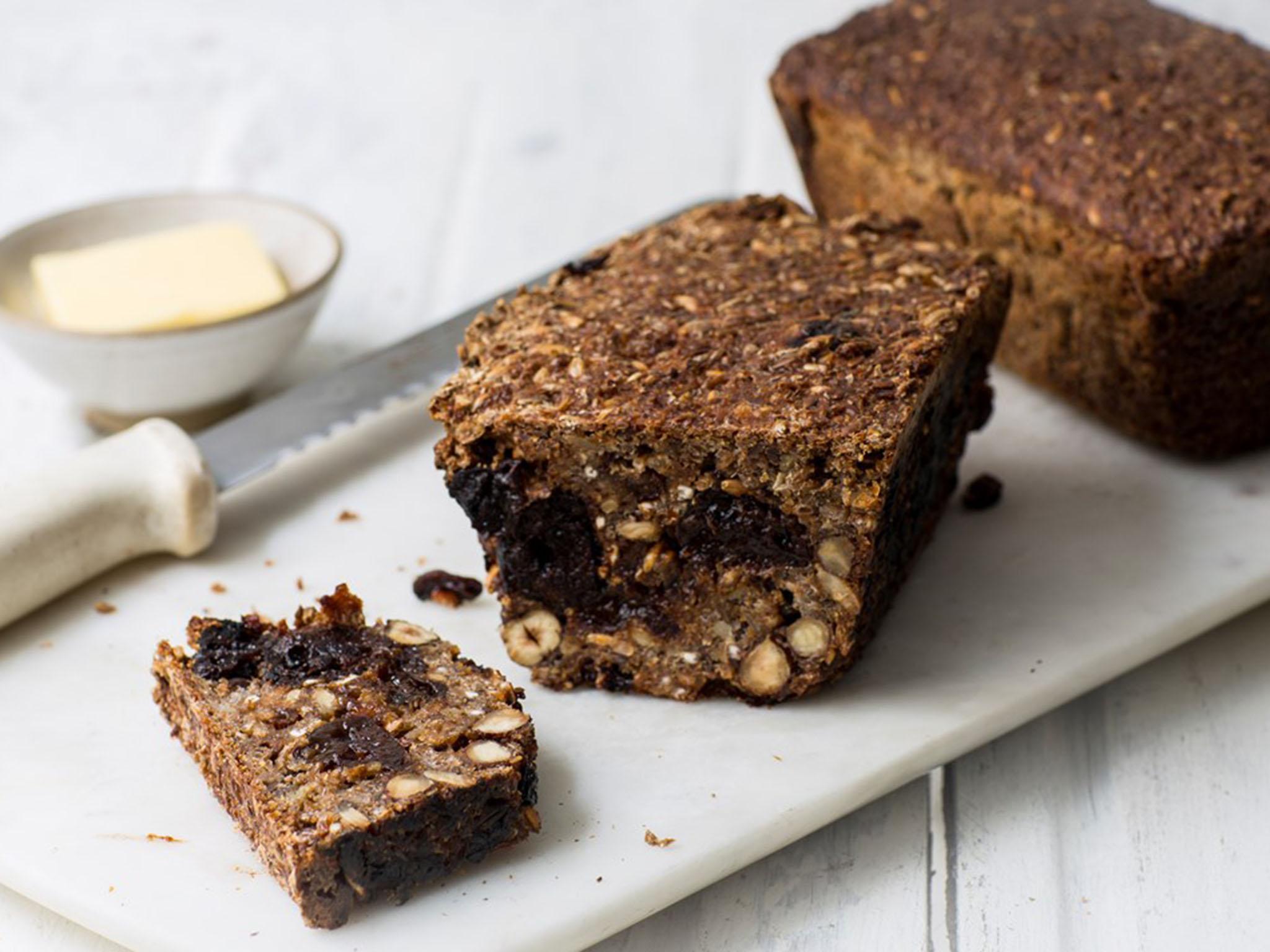
Fruit rye bread by Christoffer Hruskova
Chef Chris Hruskova has spent most of his life exposed to both classic and contemporary flavours of Scandinavian cuisine. Rye is a staple in these parts of the world, and the density and intense flavour of this fruit rye bread recipe makes a perfect afternoon snack. Use good organic flour where possible.
Fruit bread mix
360g of cracked rye, soaked
225g of rye flour
45g of rye flakes
225g of water
22g of flour
22g of water
25g of linseed
35g of sunflower seeds
14g of fine sea salt
Starter
600g of water
200g of flour
Fruit nut mix
160g of hazelnuts, roughly chopped
270g of prunes, roughly chopped
270g of raisins
80g of sesame seeds
80g of pumpkin seeds
It is important to give the starter the time it needs to activate by making it a day or two before making the bread. Combine the flour and water and mixing until just combined. Place in the fridge for a minimum of 24 hours and maximum of 48 hours, stirring 3-4 times during this process. This is a very light starter so do not expect sourness to develop at this stage.
When the starter is ready, combine with the rye bread ingredients in a mixer with a dough hook attached. Mix on a medium speed until thoroughly combined. Turn off and allow the dough to rest for 15 minutes.
Add the fruit nut mix and combine again with the dough hook until the fruit mix is just incorporated evenly throughout the dough. Preheat the oven to 240°C/gas mark 9, set to steam.
Weigh out into 750g portions and add each to a large loaf tin. This will yield a large amount of rye bread, but once baked it will freeze well for up to 2 months. Place the loaves in the oven for 10 minutes before reducing the temperature to 180°C/gas mark 4 for 1½ hours. Remove from the oven and allow to cool before turning out.
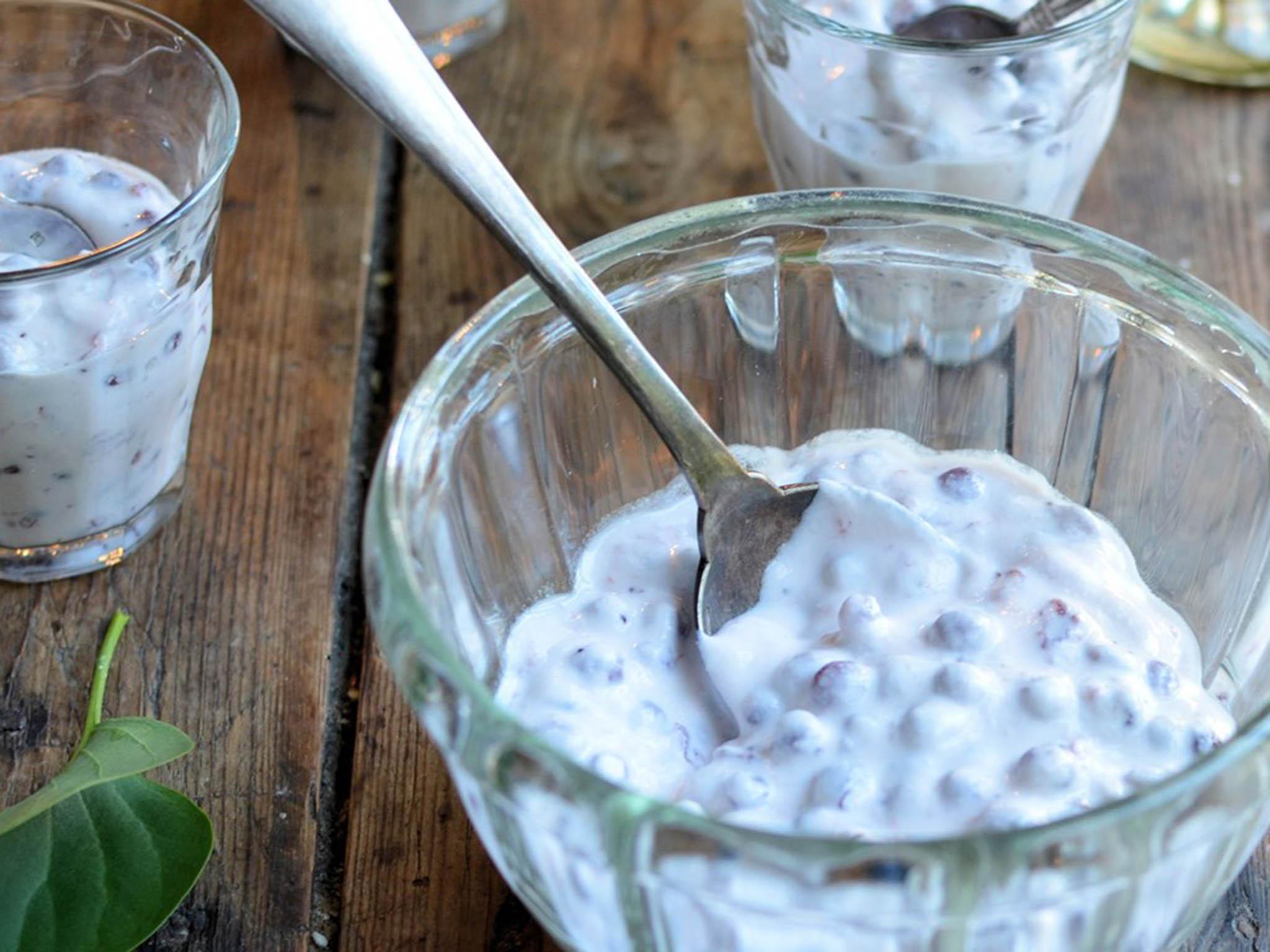
Norwegian Troll Cream (Trollkrem) by Karen Burns-Booth
Karen’s love of travel, in particular cruising, has inspired this unusual Norwegian dessert recipe. In love with the thought of fjords and forests, Karen has recreated a classic Scandinavian recipe using lingonberries.
Scandinavian recipes are so fresh, clean and sharp, using seasonal fish, fruit and vegetables to their best advantage with some pretty decadent and tasty bakes too, using aromatic spices from saffron to cardamom in their cakes, breads and bakes and lussekatter (little saffron buns studded with raisins).
Berries are also used everywhere in Nordic cooking – in savoury dishes as well as sweet recipes; there are golden cloudberries, little wild strawberries, tart cranberries, glossy blue bilberries and ruby red lingonberries.
3 egg whites
6 tbsp of lingonberry jam, or a 225g jar of preserved lingonberries in syrup
50g caster sugar, (optional and only used if using unsweetened lingonberries)
Whisk the egg whites in a mixer with half of the lingonberries (that have been drained) or half of the preserve. Whisk until the egg whites are light and fluffy. Add the sugar if using and whisk until the egg white mixture holds soft peaks.
Swirl the remaining lingonberries or preserve through the dessert and serve in small bowls or spoon into a large serving bowl. (It needs to be eaten within 24 hours, as the egg whites start to collapse if no sugar is used.)
Join our commenting forum
Join thought-provoking conversations, follow other Independent readers and see their replies
Comments
Bookmark popover
Removed from bookmarks